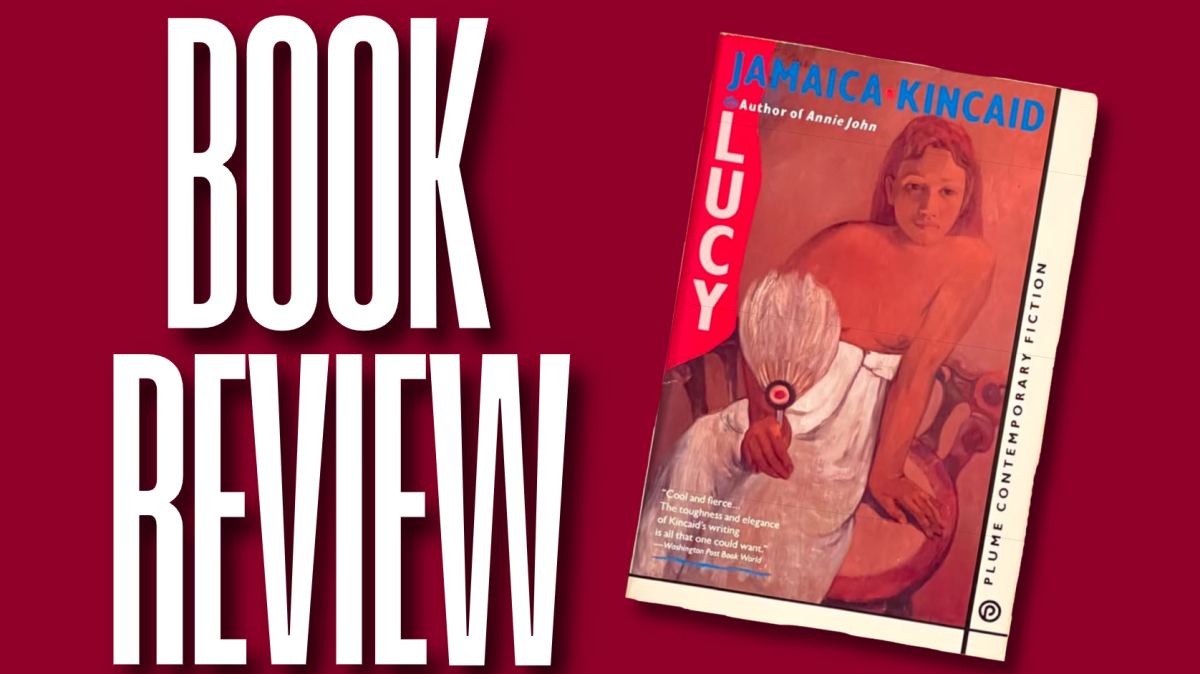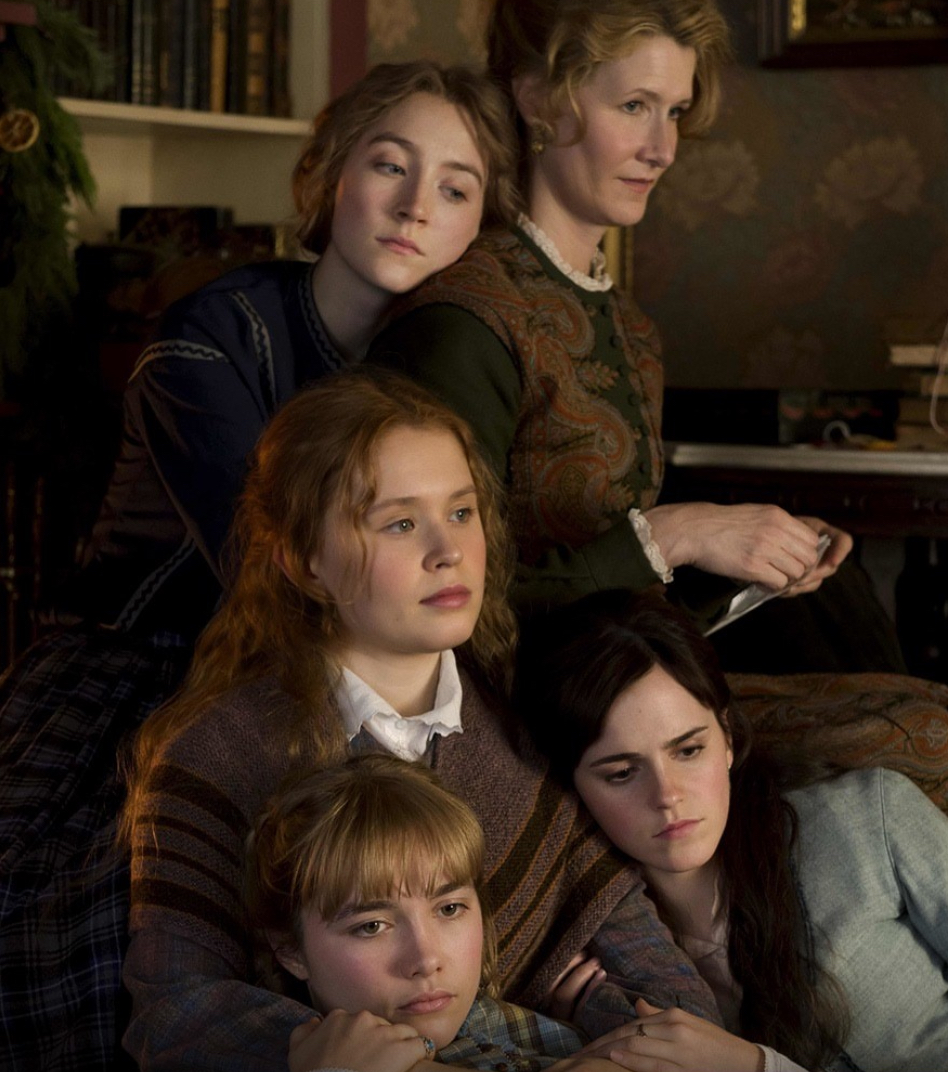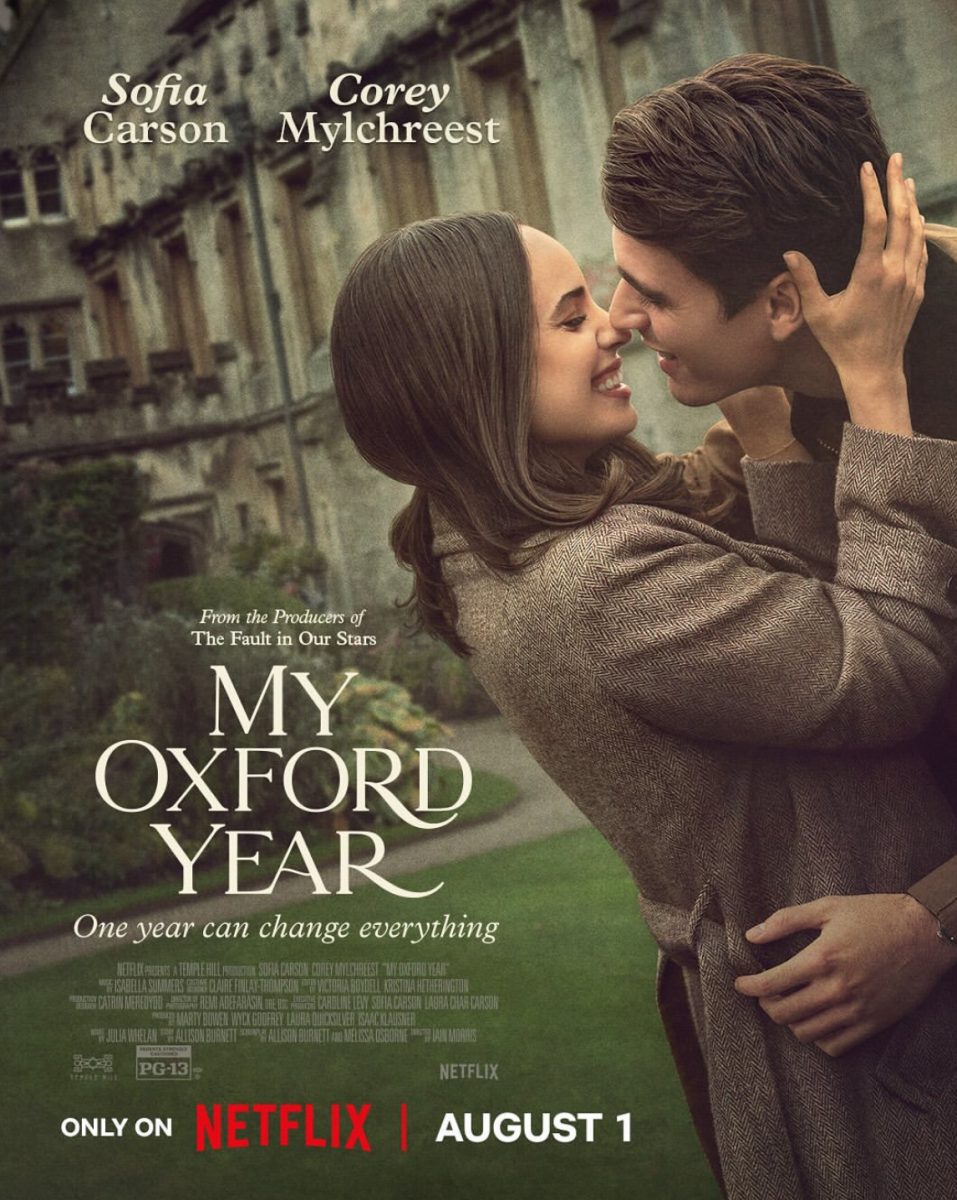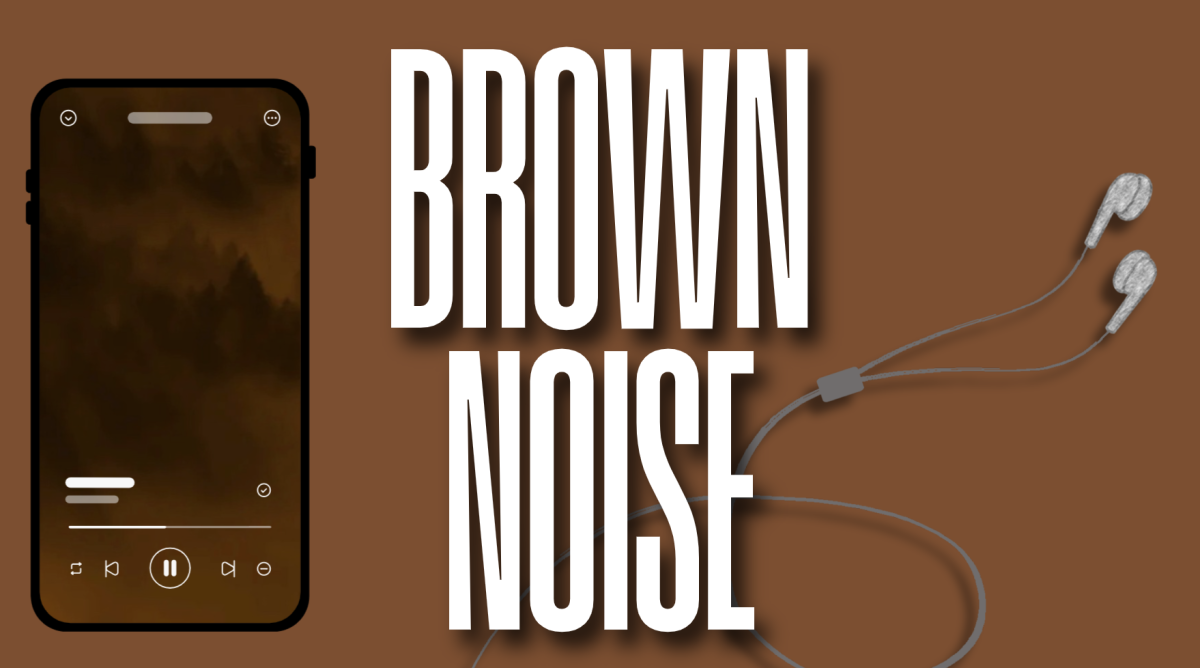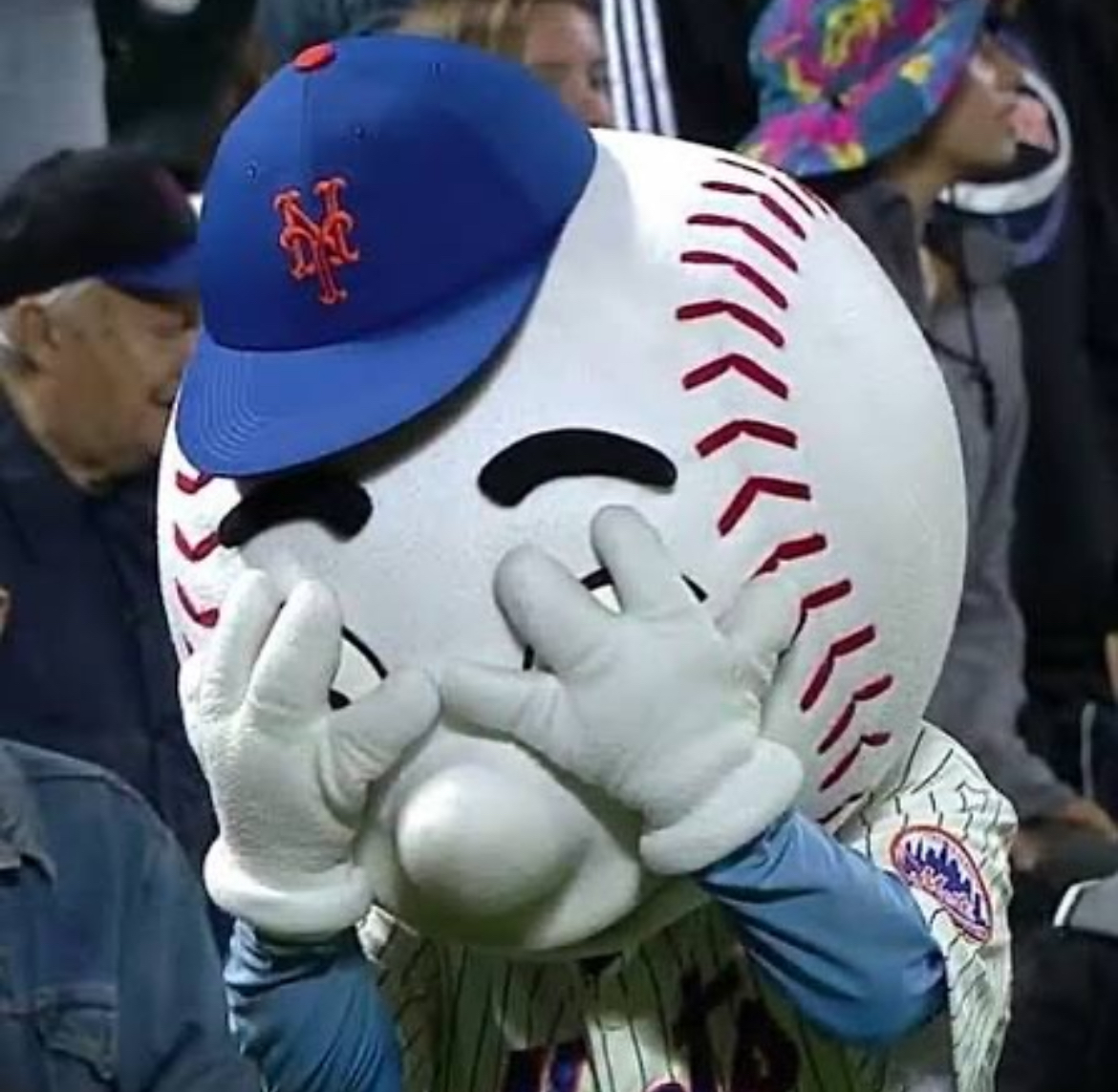Has there ever been a time when you’ve seen or used something that you wished you had thought of first? One of my friends wishes she had invented the butter bell, and another is mad he didn’t beat William Shakespeare to “Romeo and Juliet.” For me, day in and day out, I wish that I had written Markus Zusak’s “The Book Thief.”
I first read Zusak’s novelistic masterpiece in the back of my dad’s clunky Ford that my friends deemed “the big white limousine,” though it was far from any descriptor of “big.” I was about 10 years old, on a road trip up the California coast, feeling mature for picking a nearly 600-page book, but too young to keep my focus off of the Pacific Coast Highway. Years later, I took it off the shelf again during quarantine and discovered it to be Zusak’s magnum opus. When I studied abroad at my host family’s apartment in Spain, “The Book Thief” was coincidentally the one and only book they owned in English, so I excitedly read it again, cementing its position as my favorite book of all time. In preparation for my senior thesis, I tore through it this summer, marking the fourth time I have been in the mayor’s library with Liesel or the Molching track with Rudy. To me, “The Book Thief” is more than simply another book in the extensive World War II canon. In 2005, Zusak broke ground by having the story of Liesel Meminger, a young girl in Nazi Germany, narrated by Death.
The story starts with Death’s appeal to the reader. Often breaking the fourth wall as a narrator, he attempts to gain the respect and trust of his audience, while also dismantling the human fear of dying. Zusak writes his narrator as a nearly omniscient, forever empathetic character who engages the reader in his quotidian experiences of human mortality. The book is split between personal experiences of Death and his narration of Liesel’s life, which he often intersperses with a sort of author’s note — the first of which being “Here is a small fact. You are going to die,” followed by “a reassuring announcement: Please, be calm, despite that previous threat. I am all bluster — I am not violent. I am not malicious. I am a result.”
As recently as the Victorian era, death was respected as a natural occurrence, complete with deathbed viewings and portraits of deceased family members. As civilian deaths increased at a rate unfathomable prior to the advancement of war-grade weapons, the societal attitude took a poorly timed shift: suddenly death was taboo. To tell a story based in the epicenter of World War II from the perspective of Death is to shift that mentality. It serves as a coping mechanism and a departure from the idea of death as the ultimate villain that was not only guilty of the fates of millions, but that should be avoided at all costs. In Death’s own words, “You might argue that I make the rounds no matter what year it is, but sometimes the human race likes to crank things up a little. They increase the production of bodies and their escaping souls. A few bombs usually do the trick. Or some gas chambers, or the chitchat of far away guns.”
To cope with the fact that he is haunted by humans, Death remembers each soul he collects by the color of the sky when he comes for them, creating a calculated attempt to associate colors other than black with death. Under sandy skies and red dawns, he describes “carry[ing] them in my fingers, like suitcases. Or I’d throw them over my shoulder. It was only the children I carried in my arms.” To understand the 20th century, one must grapple with the tragedies of World War II, which Death presents in a way that is digestible without compromising the integrity and severity of the truth. He is at the scene of every last breath, sometimes sitting with people so that no one dies alone. While the fear of dying may run rampant, the book also addresses the tragic reality of death as salvation, and “what great malice there could be in allowing something to live.” After losing both of her sons to the war, Death collects a woman whose “face seemed to ask just what in the hell had taken me so long.” This narration style does not intend to instill fear or force the reader to accept their own death but rather encourages a view of the value of life. If our narrator can tell a story after the last breath of the people he carries, then we can be reminded that life is not negated by death.
Due to my brazen love for this book, people often ask what I think about the movie. I’ve never seen it. Since the first time I read it, now over 10 years ago, I have been building on the setting every reread. I can see the counter in Frau Diller’s shop, full of penny candies in brightly colored wrappers. There’s a corner of my imagination that holds all of the trees Rudy and Liesel have climbed. When I read about Frau Holtzapfel spitting on her neighbor’s stoop, I envision a deep purple door, a burst of color in their dreary world. I can’t watch the movie because I have loved the book as I know it myself. Though I know what happens, I cry every time. I can’t watch the movie, but I can return to the words of Death every time I want a reminder of why there are few things as powerful as a good book.





























































